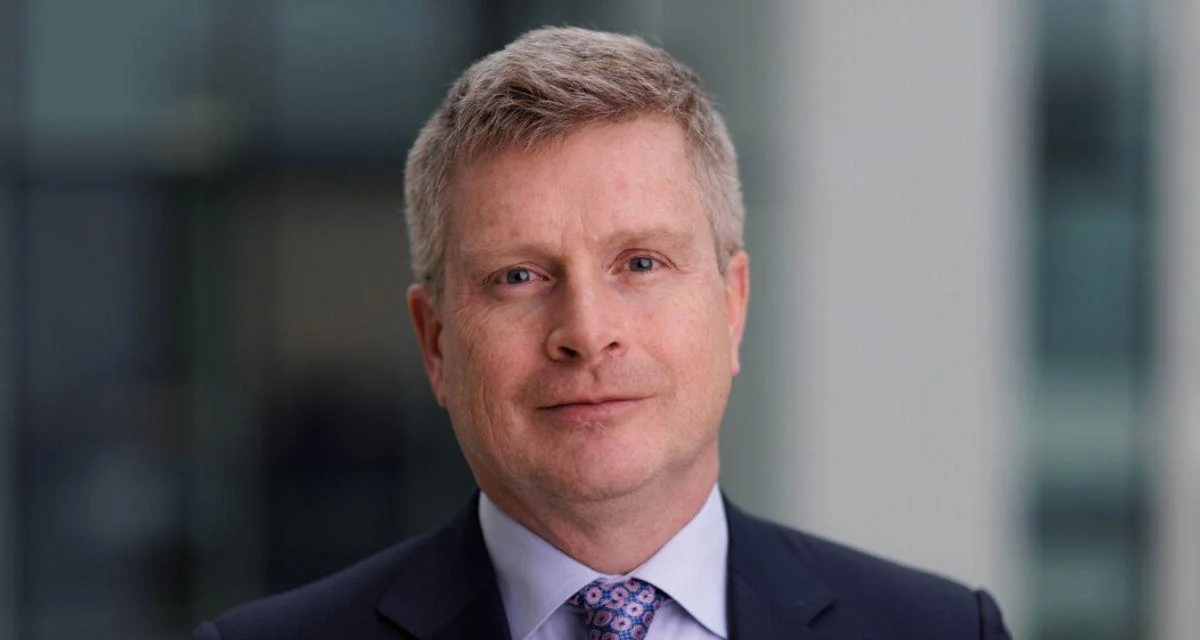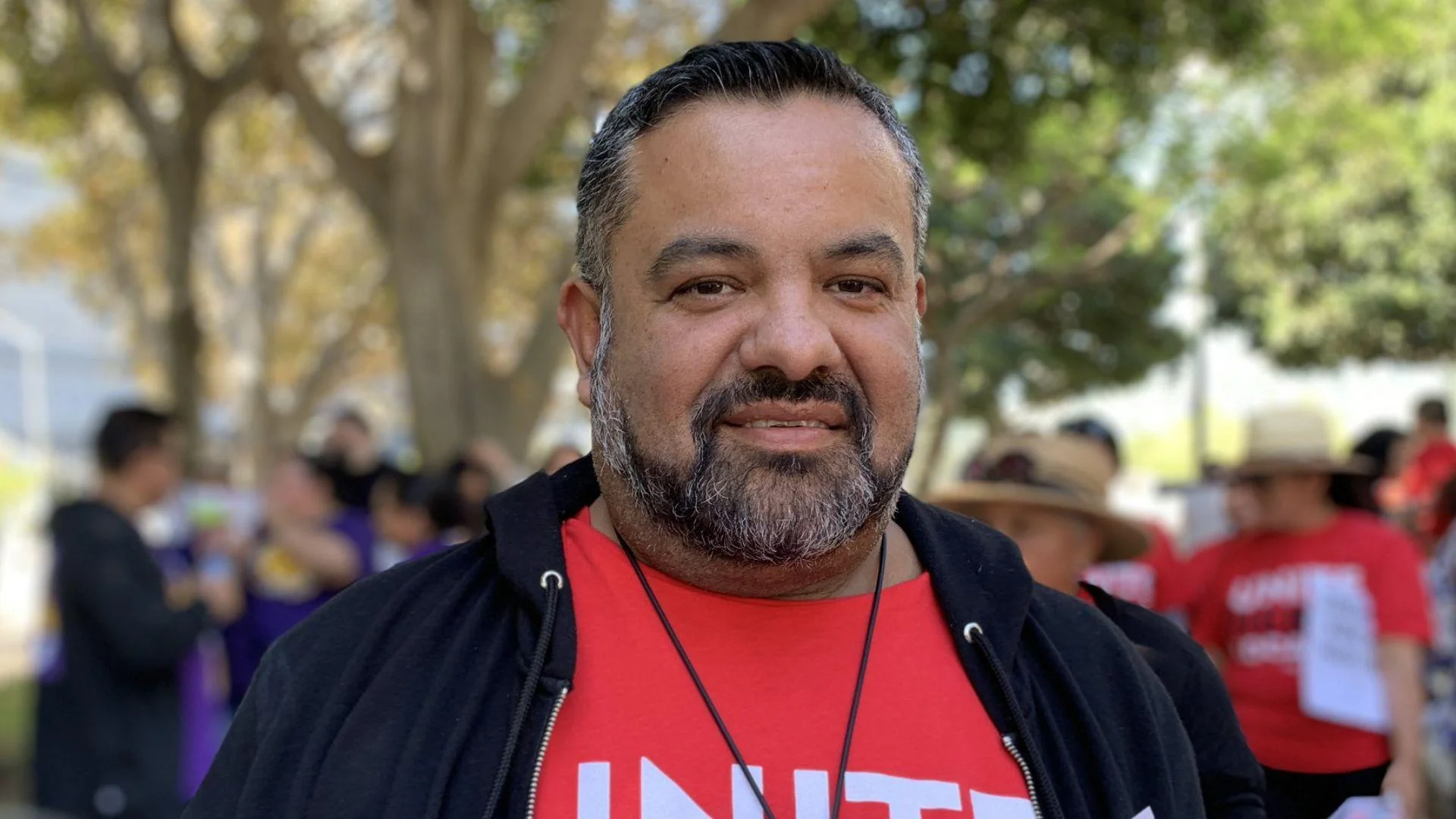After landing from the record-breaking flight in August 1995, passenger Donald Pevsner stated: "The Coors Light Concorde, which has just returned to New York on August 16, has set a new official eastbound world speed record of 31 hours 27 minutes and 49 seconds, which has beaten the fastest previous time in either direction around the world by 1 hour, 21 minutes, 14 seconds."
Concorde's high speeds allowed it to serve special missions beyond commercial travel. It once transported snakebite serum urgently needed in Africa and carried diamond shipments as well as live human organs for transplants between continents. The aircraft was also used for transporting bank exchanges between the US and UK.
Fred Finn holds a Guinness World Record as a passenger with most flights on Concorde—718 trips between its commercial debut in 1976 and its retirement in October 2003. British Airways managed crew assignments so that cabin staff served no more than three years onboard to give more employees experience working on this unique jet.
Training to pilot a Concorde required an intensive six-month program including technical coursework and simulator sessions. There have been fewer pilots qualified to fly Concorde than astronauts who have traveled into space.
During its operational years with British Airways alone starting from 1976, more than two and a half million passengers flew supersonically aboard Concorde. Heritage accounts mention that over one million bottles of champagne were consumed during these flights. Notable figures such as Sir Sean Connery and members of royalty were among those who traveled aboard.
The power behind Concorde came from Rolls-Royce Olympus turbojet engines originally developed for military use with Britain’s Avro Vulcan bomber fleet. The Olympus Mk593 Mark62010 turbojet engine with afterburner was chosen due to cost considerations rather than designing an entirely new engine specifically for this aircraft type.
Bristol Siddeley Engines Limited collaborated with Snecma (Société nationale d'études et de construction de moteurs d'aviation) to build these engines; they remained unique until regular commercial service ended in October 2003 as being the only turbojets with afterburners powering civilian airliners.
The Soviet-built Tupolev Tu-144 remains the only other SST ever produced but failed commercially due to lower fuel efficiency and rougher rides compared to Concorde.
Air France began operations in 1933 and is part of SkyTeam alliance through its parent group Air France-KLM.
 Alerts Sign-up
Alerts Sign-up





































